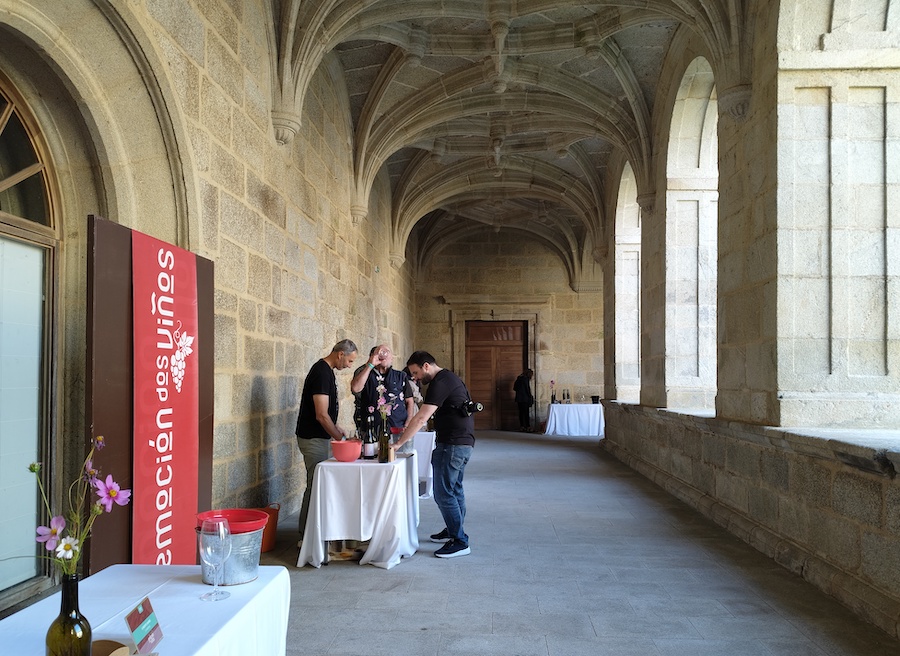
Somontano, in Aragón, is one of the Spanish wine regions that most enthusiastically embraced international varieties in its vineyards. However, a growing interest in local grapes has recently inspired a wave of historical research.
The best places to trace this forgotten heritage are often found beyond the main production areas . “The Secastilla Valley is the birthplace of Garnacha in Somontano, where its potential is best realised,” says Joaquín Vidal, partner and managing director of Obergo, the only winery physically located in the valley.
Nestled between the Ésera and Cinca rivers, the Secastilla valley stretches some 30 kilometres north of Barbastro, within the district of La Ribagorza. This area was overlooked by the French négociants who arrived in Aragón in the second half of the 19th century to to replenish their supplies after phylloxera devastated their vineyards. It also escaped the wine-growing boom that followed the creation of DO Somontano in the 1980s, suffering instead from rural depopulation and the uprooting of many vineyards. Vidal, a former veterinarian now fully dedicated to wine, remembers that local wines were commonly drunk during his childhood.
The landscape of rolling hills interspersed with woodlands is one of the most beautiful and vibrant in Somontano. Viñas del Vero first put the area on the map with its Secastilla project, launched in the 2001 vintage and entirely dedicated to Garnacha. Bodegas Obergo, located on a hillside of the Ubiergo mountain range, was founded in the early 2000s by several families who shared an interest in agriculture and livestock, and wanted to restore the valley's winemaking heritage. They recovered abandoned vineyards, the oldest dating back to 1934, and established new ones using local plant material. Their first vintage to reach the market was 2006.
The winery currently produces around 150,000 bottles, half of which are exported. Many of their wines are presented abroad as Garnacha from Aragón,though they differ markedly from examples produced in the classic Garnacha strongholds of Calatayud or Campo de Borja. “Garnacha from Secastilla has light colour, the freshness that comes with elevation, and silky, enveloping tannins,” explains Vidal. The Obrego vineyards lie between 650 and 720 metres elevation, allowing for a fairly slow ripening process that usually extends until late September or early October (occasionally as late as 15 October) in an average year.
This Garnacha, often referred to as Expression, comes from trellised vines planted in 2001 on stony soils. It was aged for six months in 500-litre barrels. Light in colour, it is fragrant and nuanced, with spicy notes on the nose and a moreish, ripe and smooth palate. The 2020 vintage has gained complexity and a silky texture with time in bottle. We are probably more familiar with younger, brisker Garnachas, so try this offers a welcome change. Excellent value for money, it is a superb way to broaden your experience of Spanish Garnacha.
14,5% abv.
14,000 bottles
€13
Score: 91

Amaya Cervera
A wine journalist with almost 30 years' experience, she is the founder of the award-winning Spanish Wine Lover website. In 2023, she won the National Gastronomy Award for Gastronomic Communication
NEWSLETTER
Join our community of Spanish wine lovers






